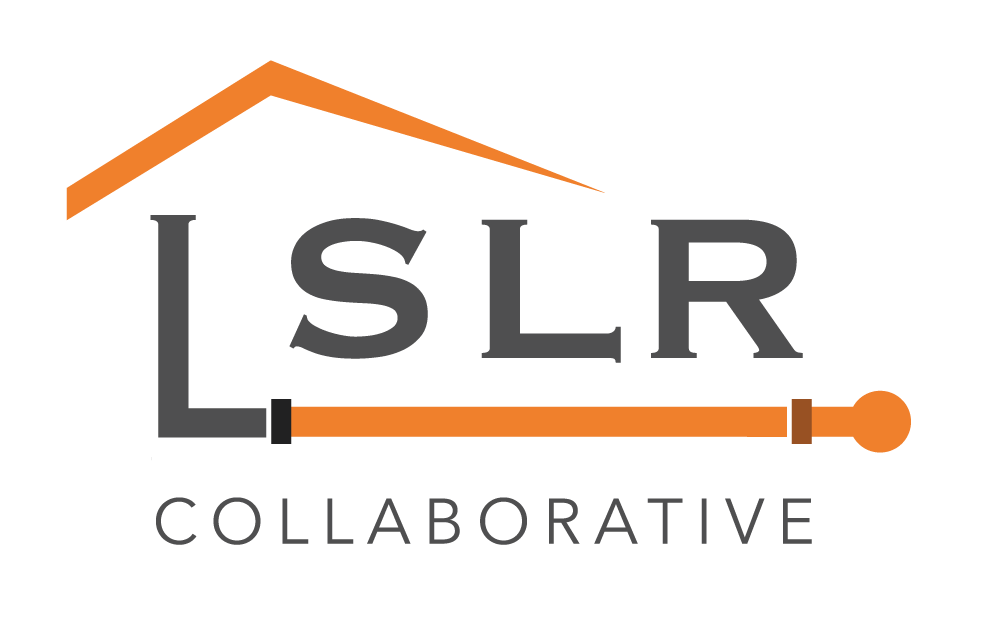|
The Denver Post See the original article here. Denver Water’s 15-year plan to replace all lead service pipes connecting homes to water mains can begin on a trial basis, U.S. Environmental Protection Agency officials decided this week. The utility estimates that 64,000 to 84,000 homes receive water through lead pipes, said CEO and Manager Jim Lochhead. Replacing the pipes could cost about $500 million. Lead is linked to developmental disabilities and other long-term health problems. Levels of the heavy metal spiked in Denver’s water system in 2012, triggering a series of tests that ultimately led to the replacement plan, Lochhead said. “We’re planning to start pulling lead service lines from the system starting around February 1,” Lochhead said. “And we will also be distributing filters to a little over 100,000 homes just after the first of the year.” Denver Water will map and inventory all homes known or suspected to have lead service lines, Lochhead said. It will then prioritize replacement in areas with higher populations of children and pregnant women.
The plan can’t begin fast enough for Laura O’Brien, who has lived in northwest Denver for two years. A recent routine blood test showed elevated levels of lead in O’Brien’s 2-year-old son, she said, so she asked Denver Water to investigate. The heavy metal likely traces back to the service line, O’Brien said. But because levels were below the federal health “action level” limit, Denver Water officials recommended she buy a filter. “I just couldn’t believe we’ve been drinking this water for two years,” O’Brien said. “I was pregnant when I was drinking it. I had a 4-month-old and I was making formula with it.” She said her family will likely move before the utility replaces the service line, and they can’t afford to replace it on their own dime. So, they’re using a filter. The EPA’s approval of Denver Water’s plan is only good for the next three years, confirmed EPA spokesperson Lisa McClain-Vanderpool. To extend approval for the remaining 12 years, the utility must replace an average of 7% of its lead service lines each year, operate a public outreach and education program and show reduced lead levels in drinking water. If those requirements and others aren’t met, the federal agency could revoke its approval and Denver Water would then be required to inject a nutrient — orthophosphate — into its water system. Colorado Department of Public Health and Environment officials ordered Denver Water to use orthophosphate last year, but Lochhead pushed back. That nutrient could pose a health risk for metro residents and downstream communities and environments, he said. Instead, Denver developed its plan for a combination of filtering water, replacing lead service lines and slightly boosting the water’s alkalinity to reduce corrosion, Lochhead said. That plan is practical and appropriately protective of public health, said Tyson Ingels, lead drinking water engineer at the state Department of Public Health and Environment. The agency supports the approach, he said. Lochhead said he’s confident the utility can also meet the EPA’s requirements to get approval for the full 15-year plan. In the meantime, O’Brien said, she remains uncomfortable washing her children, clothes or dishes with the water in her home. She also wishes more residents were aware that they might have lead in their service lines. “It would have been nice if they had been more forthcoming,” she said. “Like, ‘Welcome to Denver, you should get a filter.’ ” Lochhead said the filters are proven to be effective when used properly and aside from the 2012 lead spike, lead levels in Denver’s water have remained below federal limits. “It’s not an immediate problem at this point in time but we want to make sure it never becomes a problem,” he said. Denver Water will also distribute new filter cartridges every six months and spot-test water in different homes to ensure filters are addressing the problem, Lochhead said. Anyone concerned about possible lead in their water can request a free test from Denver Water at denverwater.org. Comments are closed.
|
Have a suggestion for an article or blog to add?
Let us know! Type
All
Date
April 2023
|


 RSS Feed
RSS Feed